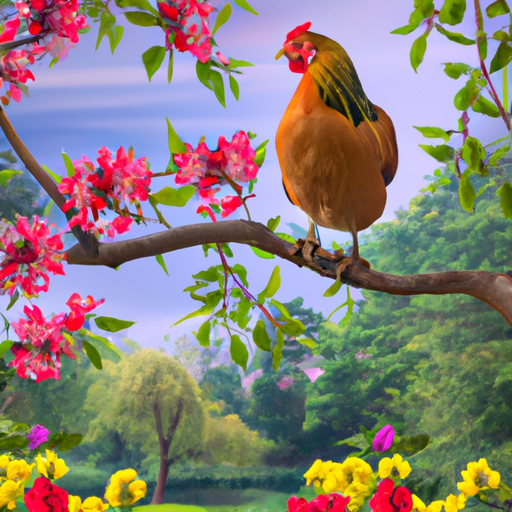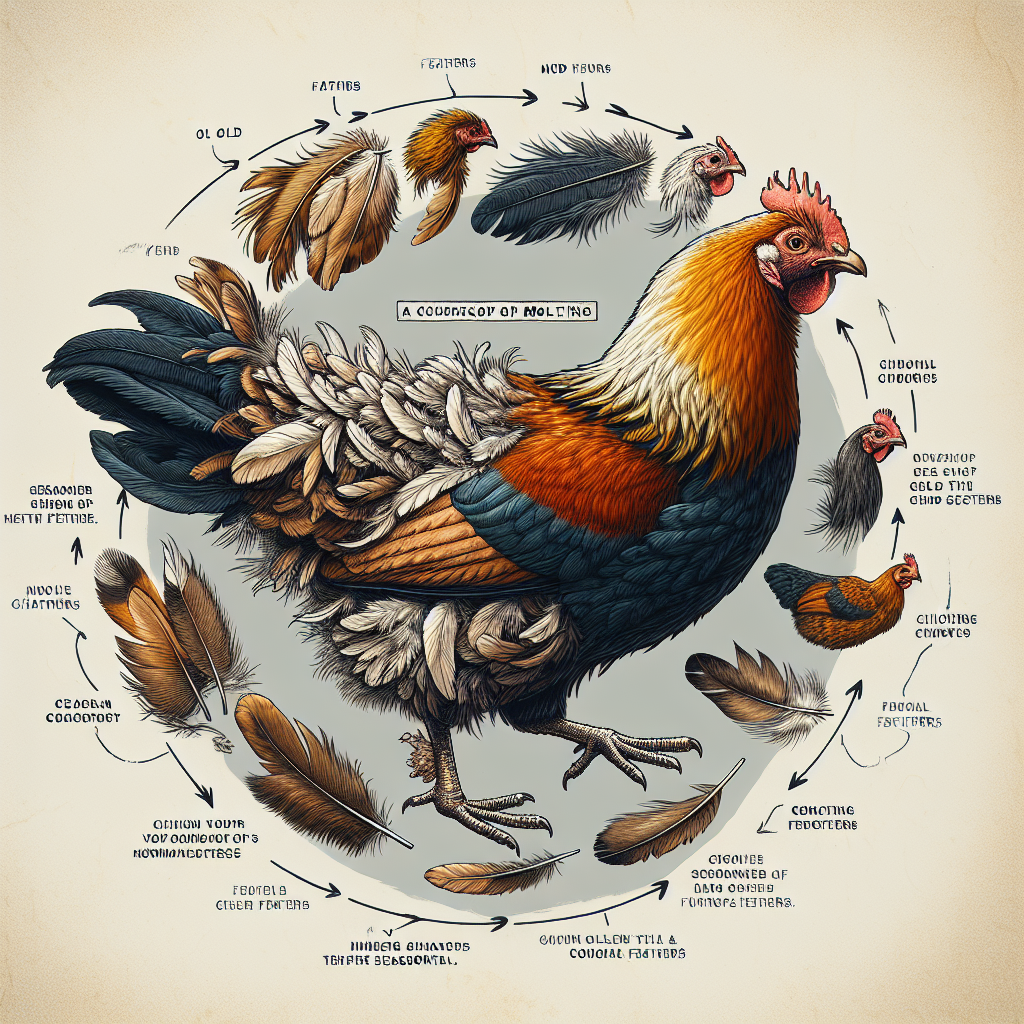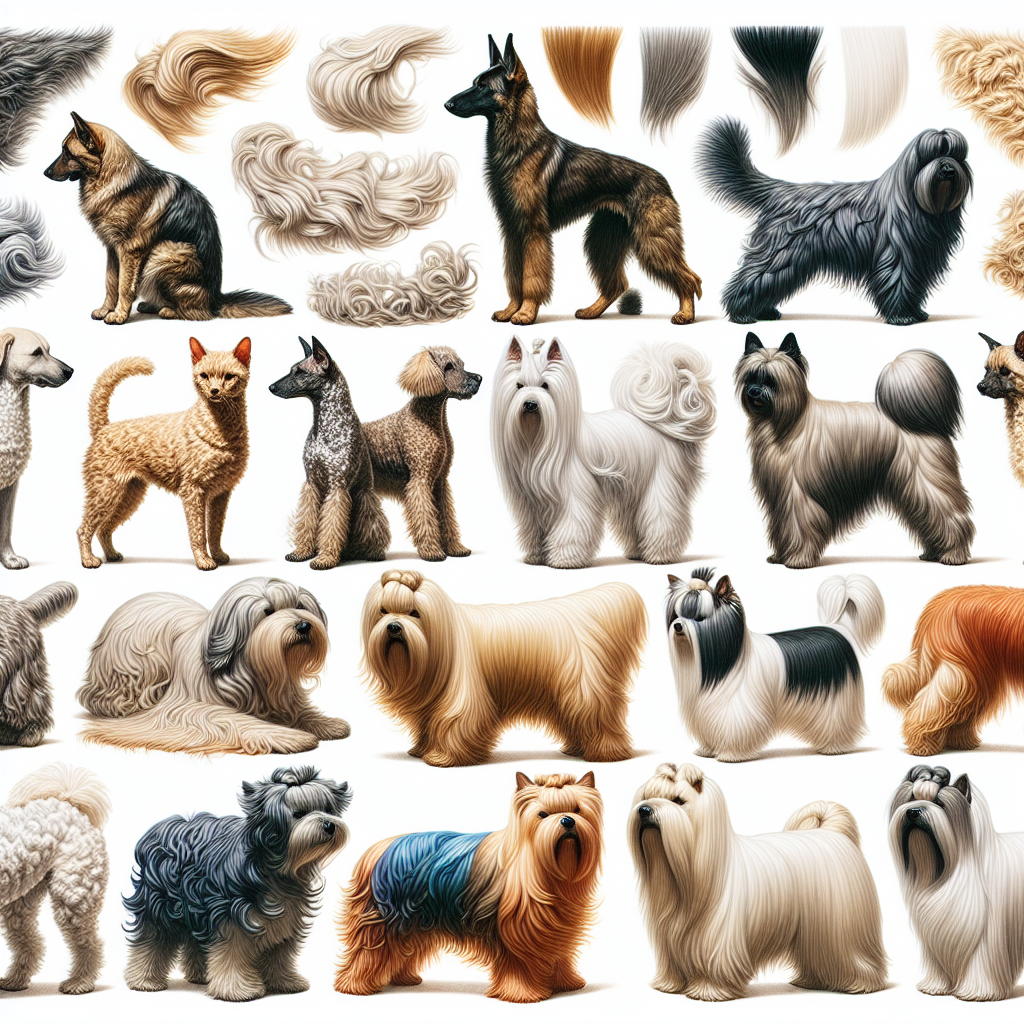If you’re a bird owner, you’re well aware of the beautiful display of feathers your feathered friend showcases. However, when molting season arrives, those majestic feathers can quickly turn into an overwhelming mess. As a bird enthusiast, you may be wondering how you can minimize this inevitable chaos. Luckily, we have some simple yet effective tips that will help you keep your home clean and your bird comfortable during molt. So, say goodbye to feathers taking over every corner of your house and say hello to a cleaner, more peaceful molting experience for both you and your feathered companion.
Understanding Molting and Feather Shedding
What is molting?
Molting is the natural process in which birds shed their old feathers and grow new ones. It is a fundamental part of their life cycle and occurs periodically throughout a bird’s lifetime. During molting, the bird’s body produces new feathers to replace the old and worn-out ones.
Why do birds molt?
Birds molt for several reasons, including maintaining feathers in optimal condition, adapting to seasonal changes, and enhancing their ability to fly and attract mates. Feathers play a crucial role in insulation, protection, and flight, so molting allows birds to replace damaged or worn feathers and maintain their overall health and well-being.
When does molting typically occur?
The timing of molting varies depending on the bird species and environmental factors. In general, birds molt at least once a year, usually in late summer or early fall. However, some birds, such as waterfowl, molt twice a year, while others may have irregular molting patterns. Understanding when your bird typically molts can help you prepare for the shedding process.
Common Significance of Feather Shedding
Feathers as vital accessories
Feathers serve various important functions for birds. They provide insulation, enabling birds to regulate their body temperature and survive in different climates. Feathers also play a crucial role in flight, allowing birds to soar through the skies with agility and grace. Additionally, feathers are essential for mate attraction and species recognition. Understanding the significance of feathers can help you appreciate the importance of molting and feather shedding in a bird’s life.
The inconvenience of feather shedding
Feather shedding can be an inconvenience for bird owners, as it often leads to a significant mess in the surrounding environment. Feathers can accumulate on floors, furniture, and other surfaces, making it challenging to maintain a clean and tidy living space. Furthermore, the airborne particles released during molting can trigger allergies or respiratory issues in sensitive individuals. Minimizing the mess associated with feather shedding is essential for both the well-being of birds and the comfort of their human companions.
Health implications of feather shedding
While molting is a natural process, excessive feather shedding or abnormal feather growth can indicate underlying health issues. It is important to monitor the condition of your bird’s feathers during molting and seek professional advice if you notice any abnormalities, such as bald patches, broken feathers, or excessive irritation. Feather health is directly linked to a bird’s overall well-being, and addressing any potential health concerns during the molting process is crucial.
Creating a Feather-Friendly Environment
Preparation is key
Before molting season begins, it is essential to prepare your home and surroundings for the feather shedding process. Clearing away any unnecessary clutter, organizing the living space, and ensuring adequate airflow will help minimize the mess and stress associated with molting. By taking proactive measures and creating a feather-friendly environment, you can help your bird molt comfortably while reducing the impact on your living space.
Choosing the right location
Selecting an appropriate location for your bird’s cage is essential for minimizing mess during molting. Ideally, place the cage away from high-traffic areas and sensitive surfaces that are challenging to clean, such as carpets or upholstered furniture. Consider placing the cage in a designated bird room or an easy-to-clean area, such as a tiled floor, to simplify the cleaning process.
Covering surfaces
To prevent feathers from accumulating on surfaces and furniture, cover them with sheets or protective covers. These covers can be easily removed and washed, providing a simple solution for managing feather shedding mess. Remember to regularly wash and sanitize the covers to maintain a clean environment for both you and your bird.
Utilizing protective clothing
Wearing a lightweight smock or apron while interacting with your bird during molting can help minimize the transfer of feathers onto your clothing. By using protective clothing designated specifically for molting interactions, you can avoid carrying feathers around your home and reduce the need for frequent outfit changes.
Removing unnecessary objects
Minimizing unnecessary objects in your bird’s living space can go a long way in reducing molting mess. Remove any unnecessary items, such as decorative objects, extra perches, or toys that are not actively used by your bird. Simplifying the cage environment will not only make cleaning easier but also provide more space for your bird to move and molt comfortably.
Promoting airflow
Good airflow is crucial for maintaining a healthy and clean environment during molting. Ensure proper ventilation in the bird’s living area by opening windows or using fans to improve air circulation. This will help to disperse feathers and dust particles, minimizing their accumulation in the surrounding space.
Practical Solutions for Minimizing Mess
Regular cleaning routines
Establishing a regular cleaning routine is key to minimizing feather shedding mess. Vacuum or sweep the area around your bird’s cage daily to collect loose feathers and dust. Wipe down surfaces, including the cage bars, perches, and nearby furniture, with a damp cloth to remove any residue. By incorporating cleaning into your daily routine, you can stay on top of the mess and create a more hygienic environment.
Using specialized vacuum cleaners
Investing in a vacuum cleaner specifically designed for pet owners can be highly beneficial during molting season. These vacuums come with specialized attachments that effectively pick up feathers, dander, and other debris left behind by your bird. Look for models with HEPA filters to ensure efficient removal of allergens from the air.
Damp mopping or sweeping
Regularly damp mopping or sweeping the area around your bird’s cage is an effective way to remove feathers and dust particles. Use a damp mop or cloth to trap the feathers and prevent them from becoming airborne. Avoid using dry methods, such as sweeping with a broom, as they can stir up the feathers and distribute them further.
Employing air purifiers
Air purifiers with HEPA filters can help improve air quality by capturing and trapping feather debris, dander, and other airborne particles. Place an air purifier near your bird’s cage to minimize the spread of feathers and allergens throughout your home. Regularly clean and replace the filters according to the manufacturer’s instructions to maintain optimal performance.
Frequent washing of bird bedding
Keeping your bird’s bedding clean and fresh is essential for minimizing molting mess. Regularly wash and replace the bedding material, such as paper or fabric liners, to prevent the buildup of feathers, dander, and droppings. Providing a clean and comfortable living space for your bird will not only reduce mess but also contribute to their overall health and well-being.
Implementing feather containment strategies
To contain the mess associated with molting, consider using large plastic sheets or tarps to create a designated molting area. These barriers can be placed around your bird’s cage, extending a few feet on each side, to catch any falling feathers. Simply roll up the sheet and dispose of the collected feathers when needed. This strategy can help confine the mess to a specific area and make cleaning more efficient.
Grooming Practices to Reduce Mess
Regular bathing for birds
Bathing your bird regularly is an excellent practice to keep their feathers clean and reduce molting mess. Birds often enjoy bathing in shallow dishes of water or under gentle mist sprays. Providing them with regular bathing opportunities can help remove loose feathers, dust, and dander, reducing shedding mess in their living space.
Trimming excess feathers
Trimming your bird’s excess feathers, under the guidance of a professional avian veterinarian or groomer, can help minimize molting mess. Feather trimming can be done to reduce the number of feathers shed during molting, making the cleanup process more manageable. However, it is essential to consult an expert to ensure the trimming is done safely and does not impact your bird’s flight or overall well-being.
Feather conditioner application
Using a feather conditioner specifically designed for birds can help improve feather health and minimize the mess associated with molting. These conditioners moisturize and strengthen feathers, reducing the chances of them becoming brittle or prone to breakage during molting. Consult a veterinarian to determine the appropriate type and frequency of feather conditioner application for your bird.
Nutrition and Its Impact on Feather Health
Providing a balanced diet
A well-balanced diet is essential for maintaining optimal feather health in birds. Ensure your bird’s diet includes a variety of high-quality seeds, pellets, fresh fruits, and vegetables. The nutrients provided through a balanced diet help support proper feather growth and reduce the chances of abnormal molting or feather damage.
Supplementary nutrients for feather quality
Supplementing your bird’s diet with specific nutrients can further enhance their feather health and minimize molting mess. Omega-3 fatty acids, biotin, and vitamin A are known to promote healthy feather growth and reduce feather shedding. Consult a veterinarian to determine the appropriate dosage and sources of these supplements for your bird.
Consulting a veterinarian for dietary recommendations
Each bird species has unique dietary requirements, and consulting a veterinarian specialized in avian care is crucial for ensuring your bird’s nutritional needs are met. A veterinarian can provide specific recommendations based on your bird’s health, age, species, and individual requirements. Following their advice will contribute to overall feather health and minimize molting-related issues.
Physical and Mental Stimulation
Optimal cage size and configuration
Providing your bird with an appropriately sized cage is vital for their physical and mental well-being. A cage that is too small can lead to stress, boredom, and excessive molting. Ensure the cage offers sufficient space for your bird to move, stretch its wings, and engage in natural behaviors. Additionally, providing perches at various heights and incorporating natural materials, such as branches or toys, can promote mental stimulation and minimize molting-related stress.
Offering appropriate toys
Toys play a significant role in stimulating your bird’s mind and reducing molting-related stress. Offer a variety of toys that cater to your bird’s species and individual preferences. Engaging toys that encourage foraging, climbing, or puzzle-solving can divert your bird’s attention from excessive preening or feather chewing, thereby reducing feather shedding and mess.
Providing social interaction
Birds are social creatures that thrive on companionship and interaction. Ensuring regular social interaction with your bird, whether through direct engagement or by providing opportunities to observe other birds or humans, can help reduce stress and molting-related issues. A socially fulfilled bird is less likely to engage in excessive preening or molting behaviors, minimizing the mess associated with feather shedding.
Mind-engaging activities
Incorporating mind-engaging activities into your bird’s daily routine can help reduce stress and keep them mentally stimulated. Offer puzzle feeders, foraging toys, or interactive games that require problem-solving skills. These activities divert your bird’s attention and keep them engaged, reducing the chances of excessive preening or feather-related stress.
Identifying Stressors and Preventing Over-Molting
Understanding the connection between stress and molting
Stress can have a significant impact on a bird’s molt, leading to over-molting or abnormal feather growth. Identifying stressors in your bird’s environment, such as excessive noise, changes in routine, or lack of mental stimulation, is crucial for preventing stress-related molting issues. By addressing and minimizing these stressors, you can help your bird maintain a healthy molt and minimize feather shedding mess.
Minimizing environmental stressors
Creating a low-stress environment is essential for your bird’s overall well-being and molting process. Minimize loud noises, such as loud music or frequent slamming doors, as they can cause stress and disrupt your bird’s molt. Maintain a consistent routine and avoid sudden changes in their living environment to minimize stress-related molt disturbances.
Ensuring proper temperature and humidity
The temperature and humidity of your bird’s environment can significantly influence their molt and feather health. Ensure the temperature in their living space remains within the appropriate range for their species. Additionally, maintaining adequate humidity levels, especially during dry winter months, can help prevent excessive dryness and brittleness in feathers. Ensuring optimal temperature and humidity promotes a healthy molt and minimizes feather shedding mess.
Maintaining a consistent routine
Birds thrive on routine and familiarity. Providing a consistent daily routine, including feeding, cleaning, and interaction schedules, can help minimize stress and support a healthy molt. Avoid sudden changes in feeding or care routines, as they can disrupt your bird’s natural rhythm and contribute to stress-induced molting issues. Consistency and predictability in their environment will help your bird molt more smoothly and minimize shedding mess.
Seeking Professional Advice
Consulting avian veterinarians
If you have concerns about your bird’s molt, feather health, or excessive molting, consulting an avian veterinarian is advisable. Avian veterinarians possess the knowledge and expertise to assess your bird’s overall health, conduct necessary diagnostic tests, and provide appropriate advice and treatments. Seeking professional advice can help address any underlying health issues or abnormalities related to feather shedding.
Behavioral specialists and trainers
In cases where molting-related issues stem from behavioral or environmental factors, consulting a bird behaviorist or trainer can be beneficial. These professionals can help identify specific behavioral triggers contributing to excessive molting or feather-related stress. They can provide guidance on behavior modification techniques, environmental enrichment, and training strategies to minimize molting mess and promote your bird’s overall well-being.
Conclusion
Minimizing the mess associated with feather shedding during molting is a crucial aspect of providing a comfortable and hygienic environment for both your bird and yourself. By understanding the molting process, creating a feather-friendly environment, implementing practical solutions, adopting grooming practices, ensuring proper nutrition and stimulation, identifying stressors, and seeking professional advice when needed, you can help your bird molt comfortably while reducing the mess and health risks associated with feather shedding. By appreciating the natural molting process and implementing appropriate strategies, you can enhance your bond with your feathered companion and contribute to their overall well-being.




